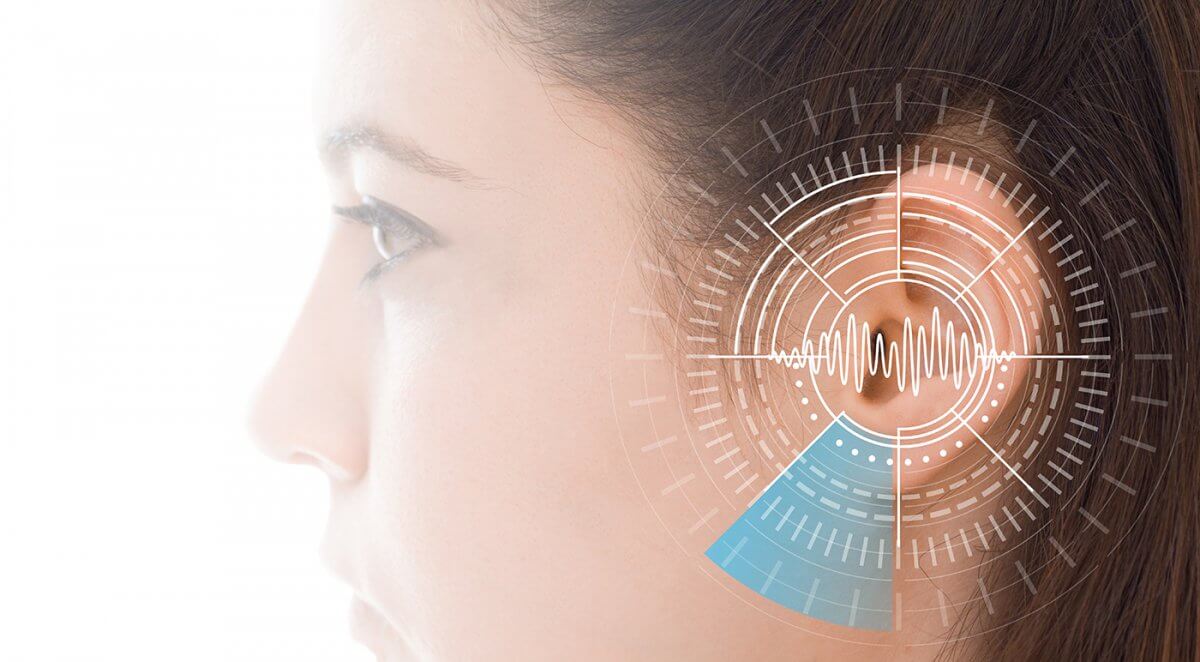Blog

Vertigo Demystified: Understanding Causes, Symptoms, and Management Strategies
Introduction:
Vertigo, often misunderstood and underestimated, can significantly disrupt one’s life, leading to dizziness, imbalance, and a sense of spinning. Its impact extends beyond mere physical discomfort, affecting daily activities and mental well-being. However, understanding its underlying causes, recognizing its symptoms, and implementing effective management strategies can pave the way for a smoother journey towards recovery and improved quality of life.
In this comprehensive guide, we delve deep into the realm of vertigo, shedding light on its mysteries, and offering insights into its management. Let’s embark on this enlightening journey together.
Understanding Vertigo:
Vertigo, characterized by a sensation of spinning or whirling, is often mistakenly used interchangeably with dizziness. However, it’s essential to distinguish between the two. While dizziness refers to a general feeling of lightheadedness or unsteadiness, vertigo involves a false sense of movement, where individuals perceive themselves or their surroundings as spinning, tilting, or swaying.
Causes of Vertigo:
Benign Paroxysmal Positional Vertigo (BPPV): Among the most common causes of vertigo, BPPV occurs due to the displacement of calcium crystals within the inner ear’s semicircular canals. This displacement triggers sudden, brief episodes of vertigo, typically triggered by changes in head position.
Meniere’s Disease: Characterized by a buildup of fluid in the inner ear, Meniere’s disease manifests as recurrent episodes of vertigo, accompanied by hearing loss, tinnitus (ringing in the ears), and a feeling of fullness in the affected ear.
Vestibular Migraine: Migraines with vestibular symptoms can lead to vertigo episodes, often preceded or accompanied by headaches, light sensitivity, and nausea.
Labyrinthitis and Vestibular Neuritis: These conditions result from inflammation of the inner ear (labyrinthitis) or the vestibular nerve (vestibular neuritis), leading to vertigo, accompanied by hearing loss and nausea.
Traumatic Brain Injury (TBI): Head injuries, such as concussions, can disrupt the vestibular system, causing vertigo, imbalance, and other vestibular symptoms.
Symptoms of Vertigo:
Recognizing the symptoms of vertigo is crucial for prompt diagnosis and management. Common symptoms include:
- A sensation of spinning, tilting, or swaying.
- Nausea and vomiting.
- Sweating.
- Abnormal eye movements (nystagmus).
- Balance problems.
- Difficulty walking or standing.
Management Strategies:
Epley Maneuver: Effective for BPPV, the Epley maneuver involves a series of head movements to reposition displaced calcium crystals within the inner ear, alleviating vertigo symptoms.
Medications: Depending on the underlying cause of vertigo, medications such as vestibular suppressants, antiemetics, and migraine prophylaxis drugs may be prescribed to manage symptoms and prevent recurrence.
Vestibular Rehabilitation Therapy (VRT): VRT is a specialized exercise-based program designed to improve vestibular function, enhance balance, and reduce vertigo symptoms through a series of customized exercises and maneuvers.
Lifestyle Modifications: Adopting certain lifestyle changes can help alleviate vertigo symptoms and reduce their impact on daily life. These may include avoiding triggers such as caffeine, alcohol, and stress, maintaining hydration, practicing stress-reduction techniques, and ensuring adequate rest and sleep.
Surgical Intervention: In cases where conservative treatments fail to provide relief, surgical options such as endolymphatic sac decompression or vestibular nerve section may be considered, particularly for conditions like Meniere’s disease resistant to medical management.
Conclusion:
Vertigo, though disruptive and disorienting, can be effectively managed with the right approach. By understanding its causes, recognizing its symptoms, and implementing appropriate management strategies, individuals can regain control over their lives and embark on a journey towards improved well-being. Remember, seeking timely medical evaluation and guidance is crucial for accurate diagnosis and tailored treatment plans. Let’s demystify vertigo together and pave the way for a brighter, steadier future.










